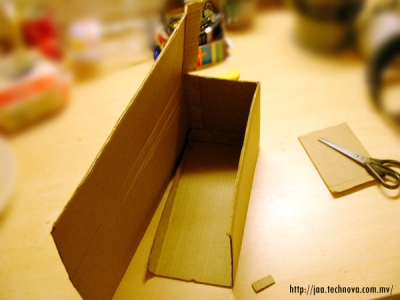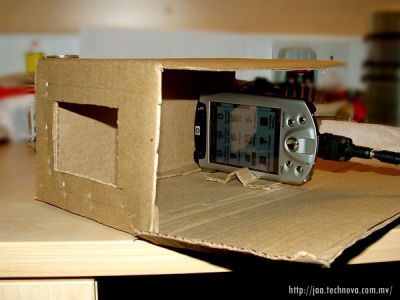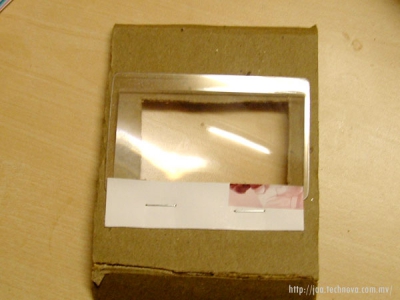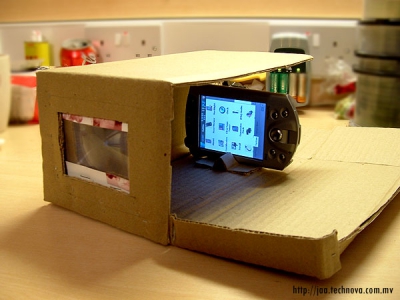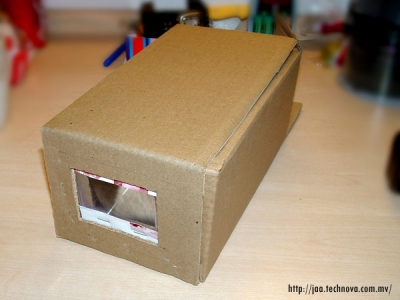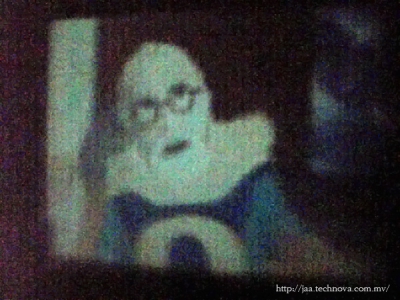Thursday, March 23. 2006
Ajax flavoured Radheef released!
Oh you all know what "radheef" is right? (Psst. In case you didn't know, Radheef is the Dhivehi dictionary.)
I had (err unlawfully?) ripped off the data from the Radheef released by the National Centre for Linguistics and Historical Research when the software came out a couple of years ago. It was those times that I was into the MaldivianUnderground project - and quite soon I had programmed an online radheef interface to do lookups. There have been various versions of the online radheef since then: one on MaldivianUnderground that relied on Dhivehi entry in latin, another on Bichoo.net that sported a Flash front-end and yet another somewhere that used what I call "dynamic font rendering" to show the output in Dhivehi - which is neat as it shows up whether the computer has Dhivehi fonts installed or not. However, all of these radheef apps no longer exist, thanks to the disappearance of each of the projects that the radheef was released under, and so I decided to slap up yet another radheef!
The new radheef now resides at its own domain name at http://www.radheef.com/. A cool feature maybe the ability to link to words definitions directly via the use of special URLs like this.
The radheef will be kept alive this time hopefully. Give it a spin. It will be useful if you work with Dhivehi and, like me, have questionable command over Dhivehi vocabulary. Please note that it is at an "experimental" stage at the moment and might not work smoothly on all browsers/operating systems. I'd appreciate if you let know if that is the case - do mention the browser name/version and your operating system name/version.
Techie stuff:
This latest version of my online radheef uses AJAX technology - to suit the current ajax application craze. The new radheef also relies on Unicode Dhivehi and you should be able to enter and read the Dhivehi used on the radheef as long as you have a recent browser with Unicode support. Further options to enable you to use the radheef without having Dhivehi fonts installed would be made available later. The radheef does require that you have JavaScript enabled but that shouldn't be a problem to most, after all almost all browsers these days come with JavaScript and unless you have turned it off manually, the radheef should work fine.
I should note that the Unicode text entry is a bit dodgy at the moment. The text entry relies on Unicode fonts coupled with a custom written keyboard handler (in JavaScript) to map the normal keycodes into Unicode. I shall be releasing the JavaScript keyboard handler script under GPL soon. The script is again something that I had written a couple of years ago but has now been rewritten to accommodate the browser advances and changes. I have tested the handler to work fine under IE 6, Firefox 1.5, K-Meleon 0.9.1, Safari and Opera 9.
I had (err unlawfully?) ripped off the data from the Radheef released by the National Centre for Linguistics and Historical Research when the software came out a couple of years ago. It was those times that I was into the MaldivianUnderground project - and quite soon I had programmed an online radheef interface to do lookups. There have been various versions of the online radheef since then: one on MaldivianUnderground that relied on Dhivehi entry in latin, another on Bichoo.net that sported a Flash front-end and yet another somewhere that used what I call "dynamic font rendering" to show the output in Dhivehi - which is neat as it shows up whether the computer has Dhivehi fonts installed or not. However, all of these radheef apps no longer exist, thanks to the disappearance of each of the projects that the radheef was released under, and so I decided to slap up yet another radheef!
The new radheef now resides at its own domain name at http://www.radheef.com/. A cool feature maybe the ability to link to words definitions directly via the use of special URLs like this.
The radheef will be kept alive this time hopefully. Give it a spin. It will be useful if you work with Dhivehi and, like me, have questionable command over Dhivehi vocabulary. Please note that it is at an "experimental" stage at the moment and might not work smoothly on all browsers/operating systems. I'd appreciate if you let know if that is the case - do mention the browser name/version and your operating system name/version.
Techie stuff:
This latest version of my online radheef uses AJAX technology - to suit the current ajax application craze. The new radheef also relies on Unicode Dhivehi and you should be able to enter and read the Dhivehi used on the radheef as long as you have a recent browser with Unicode support. Further options to enable you to use the radheef without having Dhivehi fonts installed would be made available later. The radheef does require that you have JavaScript enabled but that shouldn't be a problem to most, after all almost all browsers these days come with JavaScript and unless you have turned it off manually, the radheef should work fine.
I should note that the Unicode text entry is a bit dodgy at the moment. The text entry relies on Unicode fonts coupled with a custom written keyboard handler (in JavaScript) to map the normal keycodes into Unicode. I shall be releasing the JavaScript keyboard handler script under GPL soon. The script is again something that I had written a couple of years ago but has now been rewritten to accommodate the browser advances and changes. I have tested the handler to work fine under IE 6, Firefox 1.5, K-Meleon 0.9.1, Safari and Opera 9.


